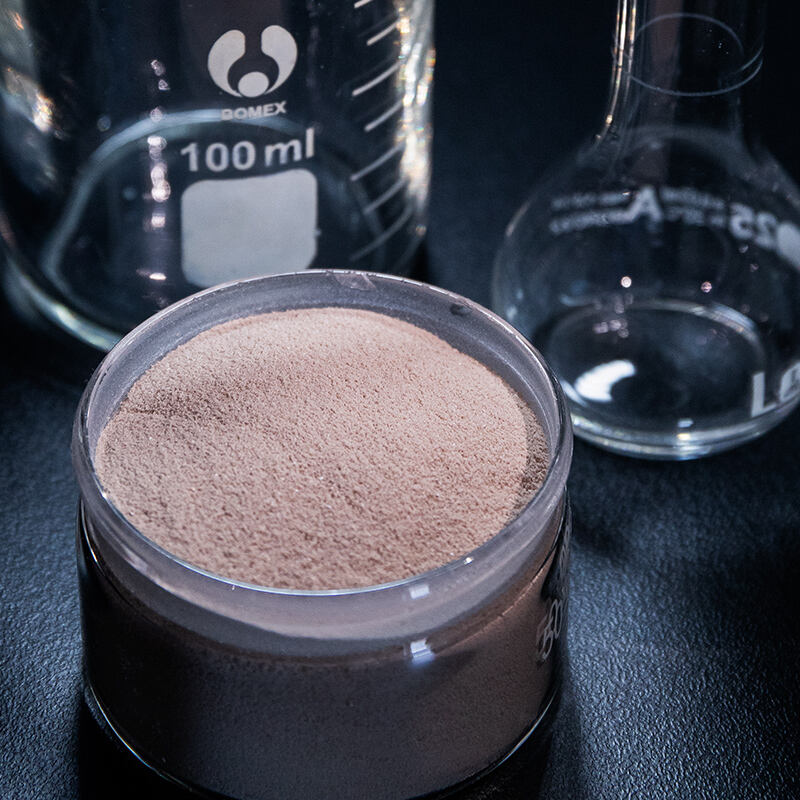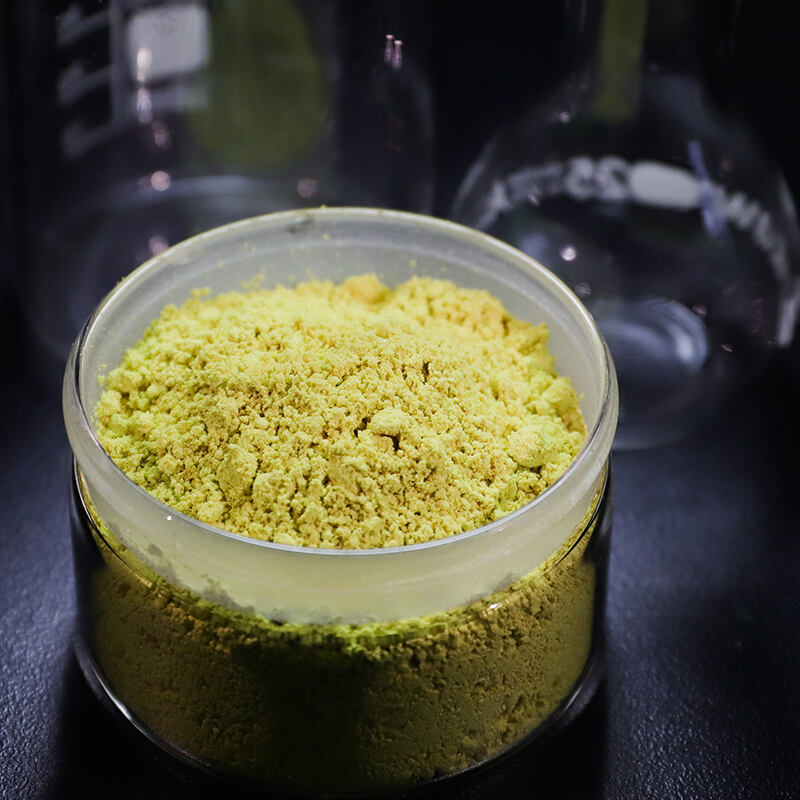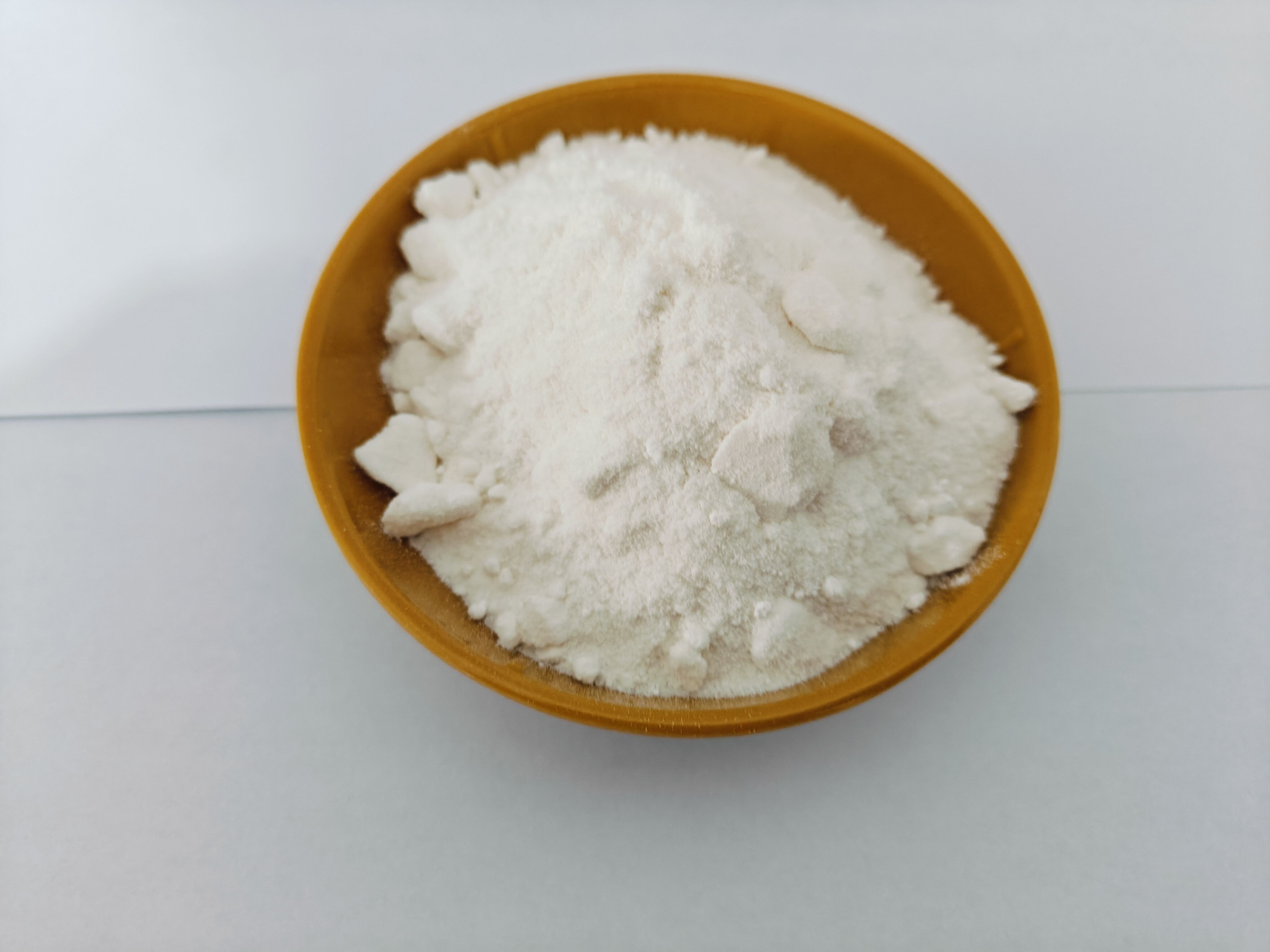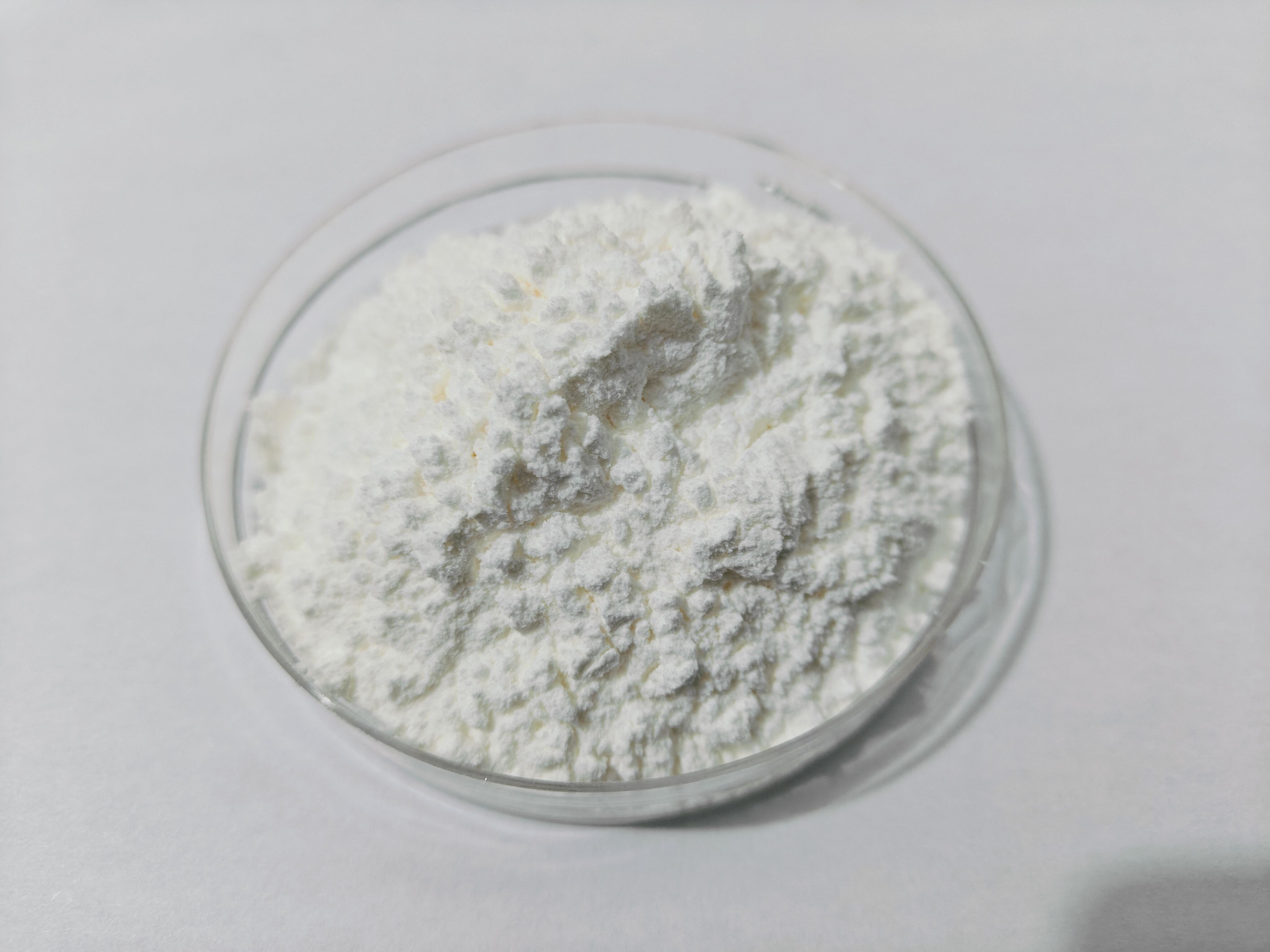kataliza imidazolu
Kataliza imidazolem reprezentuje przełomowe osiągnięcie w chemii organicznej i procesach biochemicznych. Ten złożony system katalizy wykorzystuje unikalne właściwości imidazolu, heterocyklicznego związków zawierającego dwa atomy azotu, aby wspomagać różne przemiany chemiczne. Mechanizm katalizy działa przede wszystkim poprzez katalizę nukleofilową i ogólną katalizę kwasowo-bazową, co czyni go szczególnie skutecznym w systemach biologicznych. Struktura pierścienia imidazolowego umożliwia wyjątkową wielofunkcyjność w katalizowaniu licznych reakcji, w tym hydrolyzy esterów, transesterifikacji i różnych reakcji kondensacyjnych. W zastosowaniach technologicznych kataliza imidazolem okazała się nieoceniona w syntezie leków, chemii polimerów i inicjatywach zielonej chemii. System pokazuje zadziwiającą wydajność przy fizjologicznym pH i warunkach temperatury, co czyni go szczególnie odpowiednim do zastosowań biologicznych. Nowe rozwój rozszerzyły jego użycie w procesach przemysłowych, gdzie pełni rolę przyjaznej środowisku alternatywy dla tradycyjnych katalizatorów metalowych. Możliwość działania w łagodnych warunkach, zachowując wysoką selektywność i wydajność, uczyniła tę technologię podstawą w zrównoważonych procesach chemicznych.











